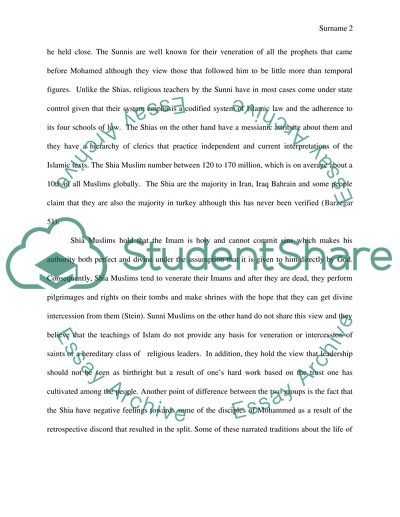Cite this document
(“Islamic Politics and Culture Essay Example | Topics and Well Written Essays - 1500 words - 2”, n.d.)
Retrieved from https://studentshare.org/social-science/1669954-islamic-politics-and-culture
Retrieved from https://studentshare.org/social-science/1669954-islamic-politics-and-culture
(Islamic Politics and Culture Essay Example | Topics and Well Written Essays - 1500 Words - 2)
https://studentshare.org/social-science/1669954-islamic-politics-and-culture.
https://studentshare.org/social-science/1669954-islamic-politics-and-culture.
“Islamic Politics and Culture Essay Example | Topics and Well Written Essays - 1500 Words - 2”, n.d. https://studentshare.org/social-science/1669954-islamic-politics-and-culture.


